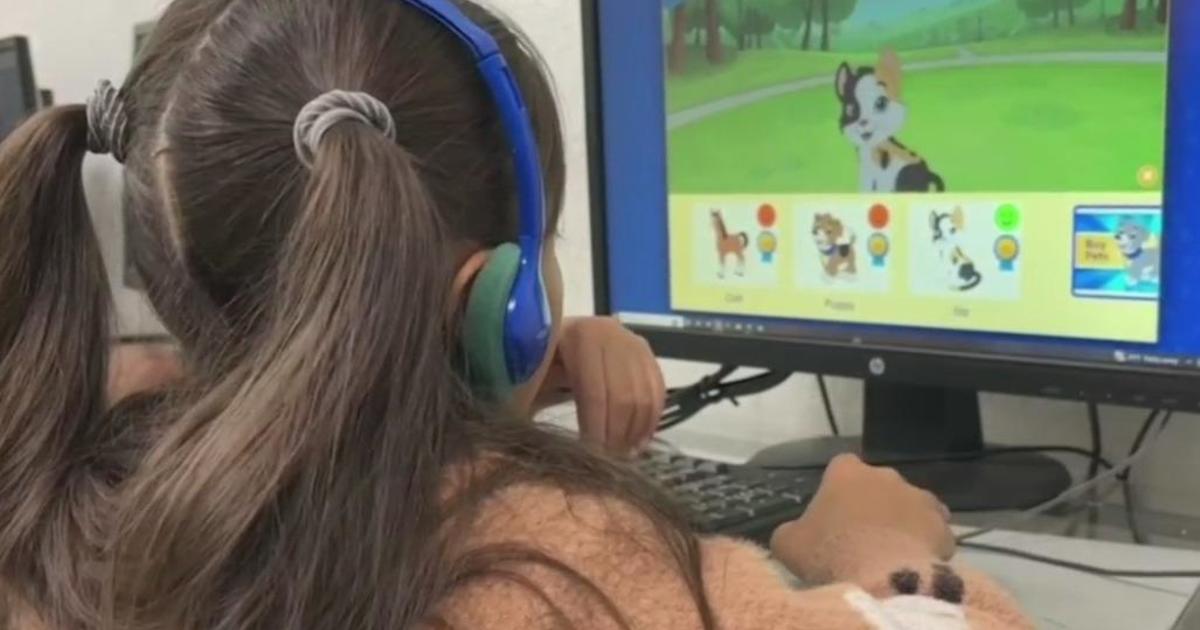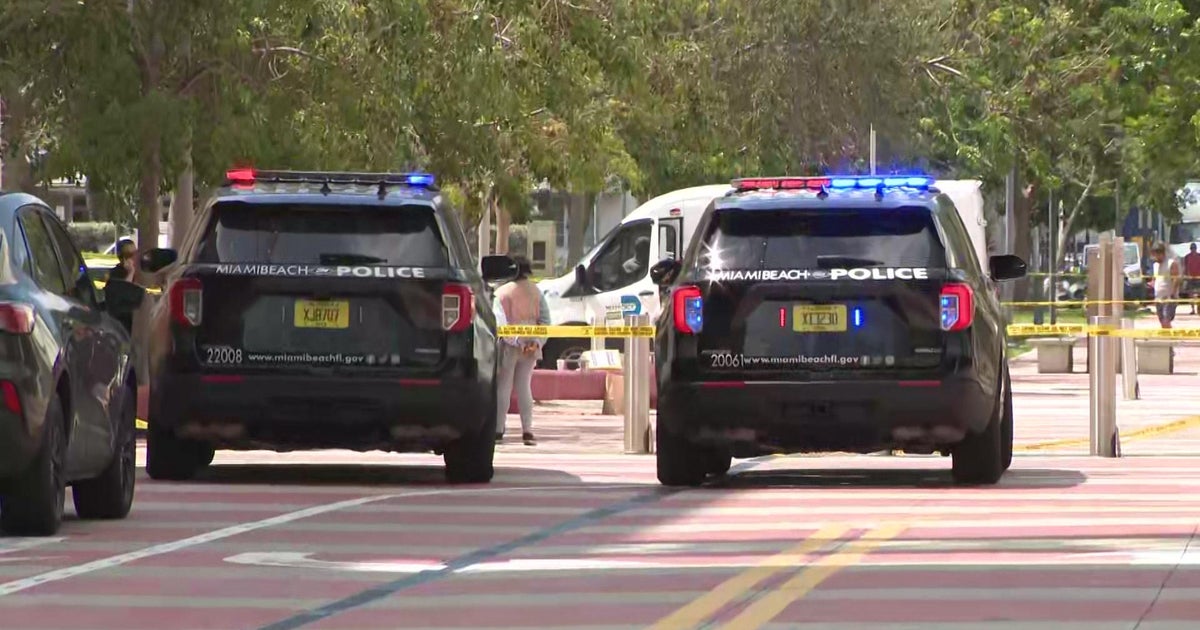Coronavirus Q&A: Dr. Aileen Marty Discusses Rarity Of COVID-19 Spread By People Showing No Symptoms
MIAMI (CBSMiami) – Officials from the World Health Organization say that it appears the spread of COVID-19 by someone who is not showing symptoms appears to be rare.
"From the data we have, it still seems to be rare that an asymptomatic person actually transmits onward to a secondary individual," said Maria Van Kerkhove, WHO's technical lead for coronavirus response.
Van Kerkhove went on to describe how the novel coronavirus, a respiratory pathogen, spreads through droplets, which can be released when someone coughs or sneezes.
"It passes from an individual through infectious droplets. If we actually followed all of the symptomatic cases, isolated those cases, followed the contacts and quarantined those cases, we would drastically reduce – I would love to be able to give a proportion of how much transmission we would actually stop – but it would be a drastic reduction in transmission," she said.
For a better grasp on Van Kerkhove's comments, we spoke with Dr. Aileen Marty, an infectious disease specialist form Florida International University.
Q: Dr. Marty, on the surface that sounds like really big, perhaps positive news. What's your reaction to this?
A: I have great respect for Mary Van Kerkhove. She's been studying coronaviruses for many years. She worked the MERS outbreak in South Korea. And now she has been heavily involved with COVID-19. What Mary said today is not really very different from what she said all along. She emphasized back in February that most cases that are pre-symptomatic or symptomatic are the ones that are causing most of the transmission. This is something we've known, and that we follow very carefully. One of the things that is that she's said actually differently is before she thought that virtually no cases were transmitted from an asymptomatic person to onward. And what she said today was there's very rare instances. So it's very similar from what she's been saying all along, and she really wants us to emphasize the fact that the biggest risks are people who are not yet symptomatic. And how do we find these cases? That's what's so important. The way that people find these pre-symptomatic or asymptomatic cases is by doing proper contact tracing. That's something where we in the United States where we were doing the contact tracing, but we're just quarantining and not testing those individuals, religiously, if you will, the way that other countries did. And that's how other countries, such as Singapore, which was mentioned during the press briefing, found 50% asymptomatic cases. But as Mary said very clearly, and it's true, most of those cases that are identified as asymptomatic either have very mild symptoms that aren't clearly recognized as being COVID or they're pre-symptom and develop symptoms later and those are the riskiest persons. So there's still a risk from people who show no symptoms. But in terms of the people who are actually asymptomatic and transmitting on the disease, we very rarely demonstrate that that's what's going on.
Q: What needs to be done to do a better job of contact tracing?
A: Contact tracing is absolutely crucial for getting the virus out of a community. That is how we find where the virus is. So every time that one individual is positive, it's imperative to go back and find out who they've been close to during their infectious period. Now, if we're talking about people who have symptoms then we look at people who, two days before they had symptoms, were around that individual. So we look at the pre-symptomatic phase as being about two days before they have symptoms and another nine days, 10 days after that as when they might be shedding virus particles that are active and not inactive.



